Keeshond Dog Breed

| Aspect | Details |
|---|---|
| Origin | Netherlands |
| Birth Era | 18th century |
| Crossbreed | No, purebred |
| Temperament | Friendly, alert, intelligent |
| Physique | Medium, 35-45 pounds, sturdy |
| Coat | Thick, long double coat |
| Lifespan | 12-15 years |
In the classification of dog breeds in Japan, the Keeshond garners special attention for its unique traits and long history. Originating from Germany, this breed was traditionally used for hunting but has also become beloved in Japanese households for its loyalty and friendly demeanor.

The Keeshond is highly valued among dog show enthusiasts and dog lovers for its combination of beauty and functionality. In Japan, it has established its status as a versatile breed, admired for its multiple uses and charm.
Coat Color
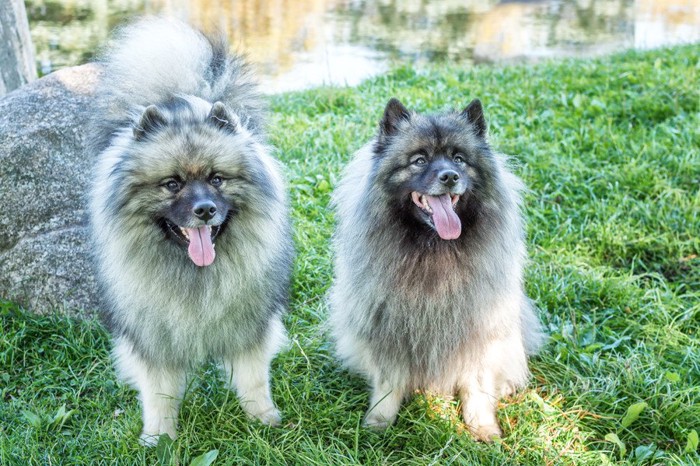
In Japan, there is a cultural appreciation for the beauty of nature, and the Keeshond’s coat color is a case in point. This breed features a base color of silver-gray, with distinctive black-tipped fur.
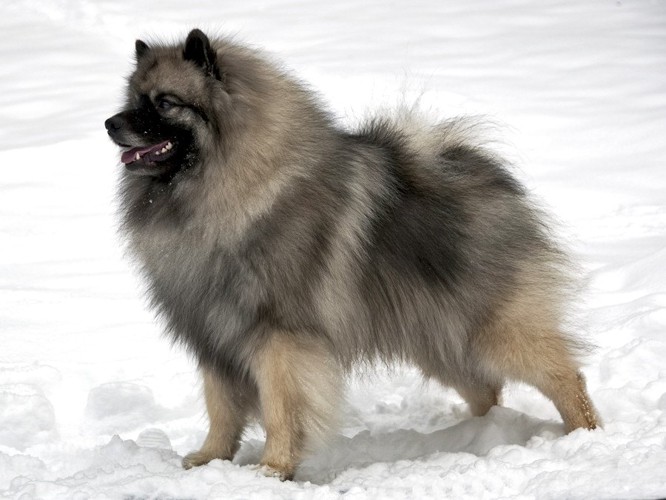
The tail, thighs, and abdomen are a lighter shade of silver-gray, resembling the coat of a wolf, thus sometimes referred to as “Wolf Gray.” For Japanese dog enthusiasts, this unique coloration is seen as an element that evokes the beauty of nature, adding to the charm of the Keeshond.
Coat Type

In Japan, there is growing understanding and interest in how dogs’ fur adapts to seasonal changes. The Keeshond’s coat consists of a double layer: a fluffy, short undercoat and a long, straight overcoat. This structure protects them from cold and humidity.

Japanese dog enthusiasts highly value this distinctive fur as an evolutionary adaptation to harsh natural environments.
Size

In Japan, there is a tendency to prioritize pet size based on housing conditions and lifestyle. The Keeshond, with an average height of about 43 to 55 centimeters (approximately 16.9 to 21.7 inches), falls into the medium-sized dog category.

This size is considered suitable for indoor living and walking in Japanese households, making the Keeshond an easy breed to keep, both in urban and suburban areas.
Weight

In Japan, maintaining a proper weight is considered crucial for a dog’s health management. The Keeshond weighs on average between 15 to 20 kilograms (approximately 33 to 44 pounds) for both males and females, a range that is manageable for Japanese dog enthusiasts.
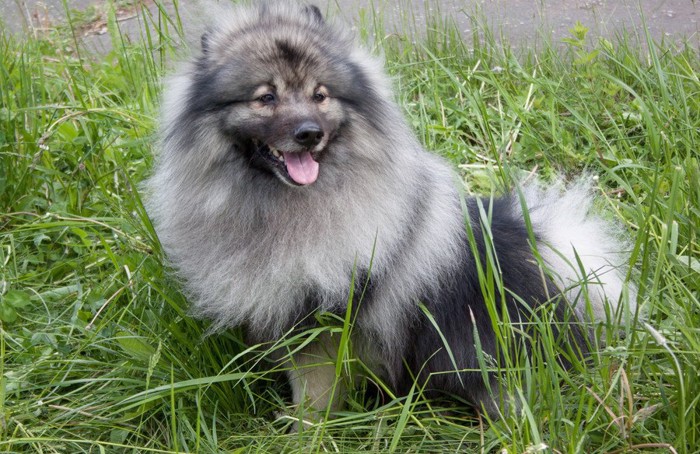
This weight range indicates the need for a balanced diet and appropriate exercise to maintain health, serving as an important indicator for Japanese owners.
Lifespan
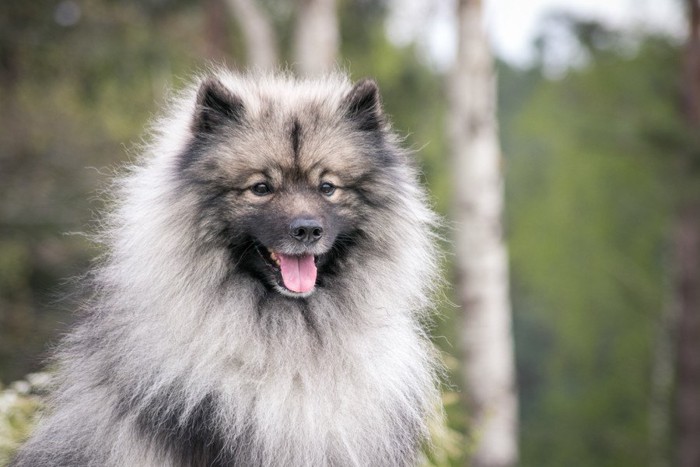
In Japan, the longevity and health of pets are of utmost importance. The Keeshond is known for its relatively long lifespan of 12 to 15 years and is considered a healthy breed. Japanese owners are particularly attuned to their pet’s physical and psychological states, regularly engaging in physical affection to monitor these changes.
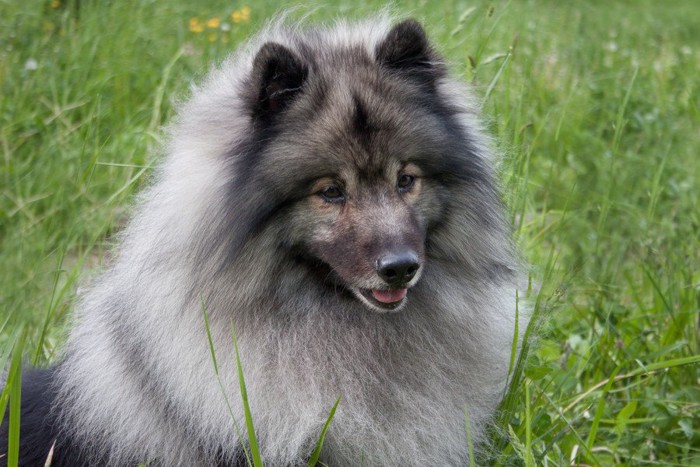
This reflects the unique Japanese perspective of nurturing a deep bond with pets.
Trainavility

In Japan, the culture deeply values the relationship with pets. The Keeshond, known for its intelligence and quick learning ability, is beloved for its ease of training. Due to their tendency to be a bit impulsive, it’s important to provide careful training. It’s a common belief in Japan that building a trust relationship with puppies by praising their good behavior makes training more effective.

This approach is widely adopted, leading to smoother training processes for these smart dogs.
Exercise
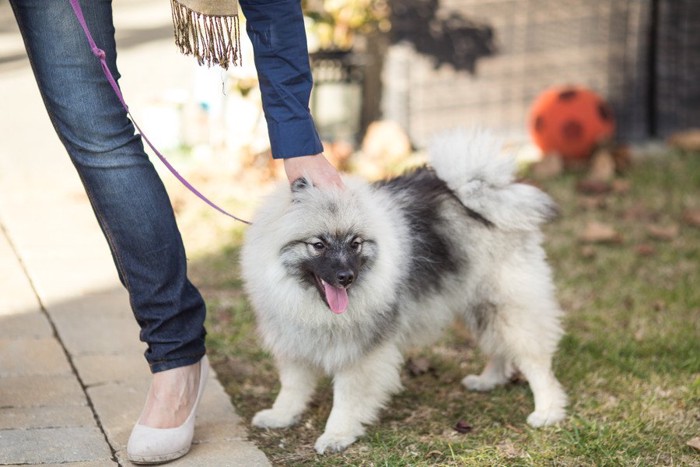
In Japan, there is a cultural emphasis on cherishing time with pets. When owning an energetic Keeshond, daily exercise is essential. Typically, it’s recommended to take them for walks lasting at least 30 minutes, twice a day. In Japanese parks and residential areas, engaging in activities like rope tugging and ball games is popular and brings joy to dogs. Furthermore, exercise aids in stress relief for pets, helping to reduce behaviors such as excessive barking.

This approach not only benefits the dog but also contributes to harmonious living with pets in Japanese society.
Feeding

In Japan, there’s a trend towards meticulous management of pet diets to maintain their health. For the Keeshond, prone to weight gain, selecting a well-balanced, healthy dog food is crucial.

Japanese pet owners often prefer high-protein diets and are particularly vigilant about potential allergens in dog food. This reflects a distinctive Japanese approach to ensuring the long-term health of beloved dogs.
Temperament

In Japan, dogs are greatly valued as members of the family. Within this context, the Keeshond, with its bright and active personality, coupled with a deep affection for the family, is highly regarded as a household pet. This breed is adept at sensitively perceiving and empathizing with family emotions, making it a cherished companion in Japanese homes.

Moreover, its strong wariness towards strangers exemplifies its role as a guardian, fitting well with the residential conditions in Japan.
History
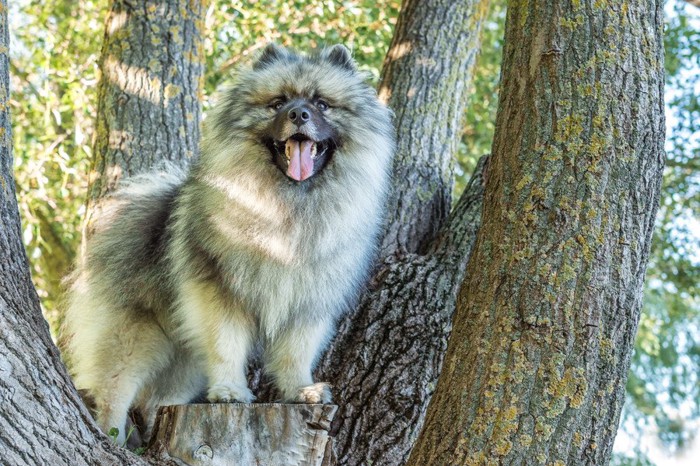
In Japan, the Keeshond’s long and multifaceted history garners attention. Originally developed in 19th century Germany as a hunting dog, its distinctive physique and strength made it suitable for forest and mountain hunting. Among Japanese dog enthusiasts, the Keeshond’s loyalty and bravery are highly regarded, making it a popular family pet. In the 20th century, its beautiful appearance and friendly demeanor captured the hearts of dog lovers worldwide, particularly in Japan.

The history of the Keeshond, evolving from a hunting dog to a beloved member of the family, is especially admired in Japan.
Grooming
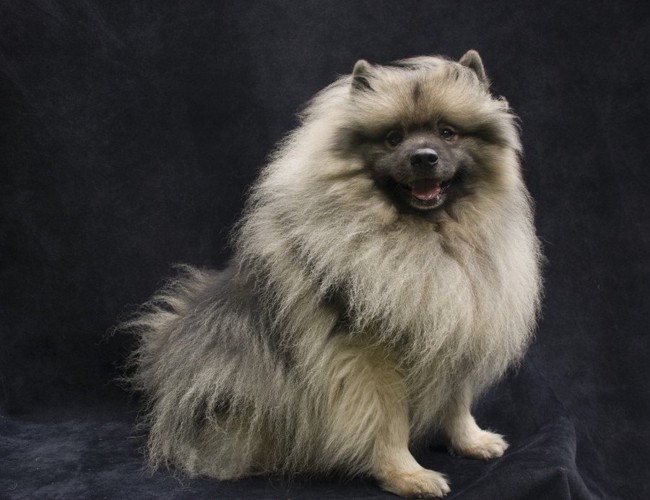
In Japan, meticulous grooming of pets is highly valued. For the Keeshond, a breed with a thick double coat, daily brushing is central to their care. Particularly during shedding season, Japanese owners are diligent in brushing to prevent matting. Since Keeshonds naturally maintain a pleasant scent, monthly shampooing is customary.
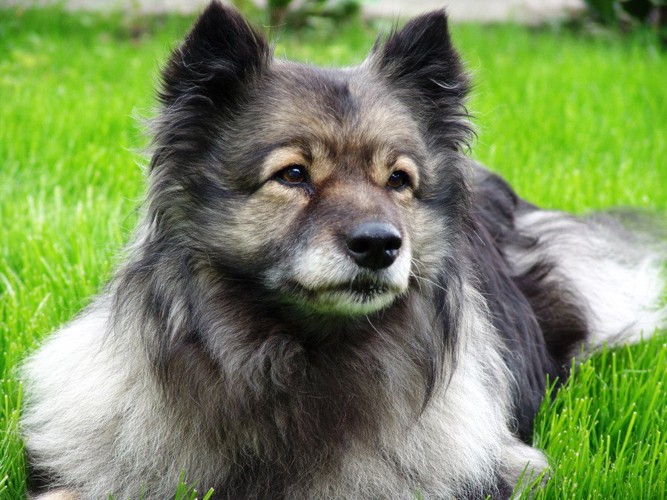
As a measure against heat, trimming Keeshonds is also common in Japan. Various styles, including summer cuts and lion cuts, are preferred. However, Japanese owners are cautious about changes in fur texture when using clippers and place great importance on consulting with professional groomers.
Health

In Japan, there is a high awareness of pet health management, with a particular emphasis on disease prevention. The Keeshond requires special attention to certain skeletal and joint issues. Genetic problems like hip dysplasia and common issues in large breeds such as gastric torsion are significant health concerns for Japanese owners.

As preventive measures, appropriate exercise, a balanced diet, and regular veterinary check-ups are essential. It is believed in Japan that diligent management of these aspects can reduce the risk of these diseases in Keeshonds.

